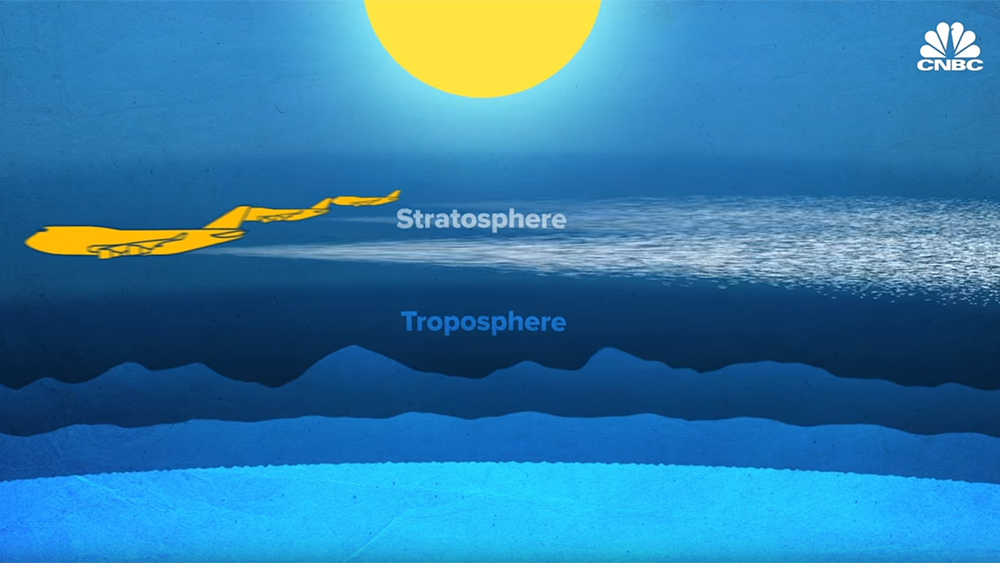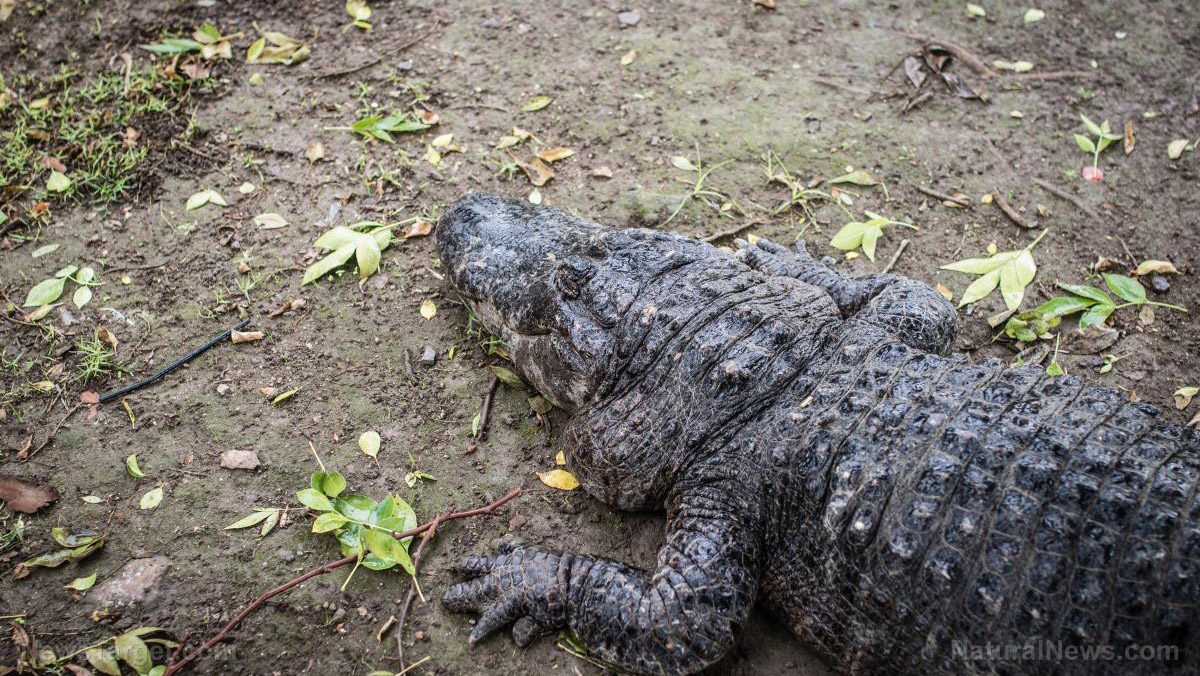NOT like the movies: Sharks are vulnerable creatures – and one of the species hurt most by commercial fishing
09/22/2019 / By Edsel Cook

In the movies, sharks threaten humans, especially if they rode tornadoes inland. In real life, however, it’s the other way around: Human commercial fishing threatens to drive sharks and their relatives, rays, into extinction.
A U.K. team counted the number of sharks and rays accidentally caught by small-scale fisheries in the South West Indian Ocean. The researchers realized that the fishing operations captured 73 percent more animals than in the reports given to regulatory bodies.
The under-reporting fishing operations came from Kenya, Madagascar, and Zanzibar in Africa. They accidentally captured ground sharks, hammerhead sharks, hound sharks, and requiem sharks.
Conducted by researchers from Newcastle University and other academic institutions, the U.K. study warned that small-scale fisheries exerted greater negative effect on vulnerable species than expected. Conservationists and regulatory agencies must pay more attention to these operations.
“Small scale fisheries account for 95% of fishers globally and around 35% of the total catch and yet despite this, they have received very little attention,” explained Newcastle researcher Andrew Temple. “The aim of the project was to start to understand the impact these small scale fisheries are having on the environment by recording a baseline of vulnerable megafauna, such as turtles, rays and sharks.” (Related: No big deal, just an ancient sea monster with 18 mouth tentacles.)
Small-scale fishing operations are hiding the real numbers of accidentally caught marine animals
Fishing operations cast vast lengths of lines and nets into the oceans every day. Understandably, they capture “bycatch” species almost as often as they do their target fish.
Bycatch species comprise roughly 40 percent of the animals caught by fisheries. Victims include dolphins, sharks, sea birds, and sea turtles.
Large-scale commercial fishing throws away any bycatch. Since the animals are dead or dying by the time they are hauled up from the depths, they go to waste.
Their smaller counterparts, however, tend to keep the unexpected captures. Small-scale fishers often sell their bycatch on local markets, even if the species is protected by law.
In their research, the Newcastle team investigated such minor fisheries in the South West Indian Ocean. They kept track of 21 sites in Kenya, Madagascar, and Zanzibar, where fishing boats brought their catch to land.
The U.K. researchers catalogued 59 bycatch species in the landing sites. Of note were the three species of sea turtle and a sea cow (Dugong dugon), a marine mammal and a vulnerable species.
In real life, humans eat sharks far more often than the other way around
But sharks and rays prove to be the most commonly caught bycatch species of small-scale fisheries. Ground sharks (Carcharhiniformes), requiem sharks (Carcharhinidae), hammerhead sharks (Sphyrnidae), and hound sharks (Trikidae) comprise the majority of the accidental catches.
The researchers found that more than 2.5 million sharks and rays are caught every year. Furthermore, the larger the size of the species, the fewer get trapped in the nets or caught on lines.
Notable exceptions to the size rule included a female great white shark and a small specimen of a whale shark that only measured 18 feet (6 m) in length.
“We looked at just one region of the world but it’s likely that similar underreporting is happening in small scale fisheries globally — which means our 2,500,000 unreported sharks and rays only represent a small portion of the total global catch,” explained Newcastle researcher Dr. Per Berggren. “Reducing this figure is essential to protect life in the sea but also to safeguard the future sustainability of small scale fisheries and the communities whose livelihoods are dependent on them.”
Berggen’s co-author Selina Stead (from the University of Stirling) added that sustainable shark fishing is possible, but only if the participants put real effort into conserving the overall populations of the animals.
Sources include:
Tagged Under: animals, bycatch, commercial fishing, conservation, Ecology, Endangered species, environ, environment, extinction, fish, fisheries, fishing, marine animals, marine conservation, marine ecology, marine ecosystem, marine life, ocean life, Oceans, rays, seas, sharks, wildlife
RECENT NEWS & ARTICLES
COPYRIGHT © 2018 EXTINCTION.NEWS
All content posted on this site is protected under Free Speech. Extinction.news is not responsible for content written by contributing authors. The information on this site is provided for educational and entertainment purposes only. It is not intended as a substitute for professional advice of any kind. Extinction.news assumes no responsibility for the use or misuse of this material. All trademarks, registered trademarks and service marks mentioned on this site are the property of their respective owners.


















